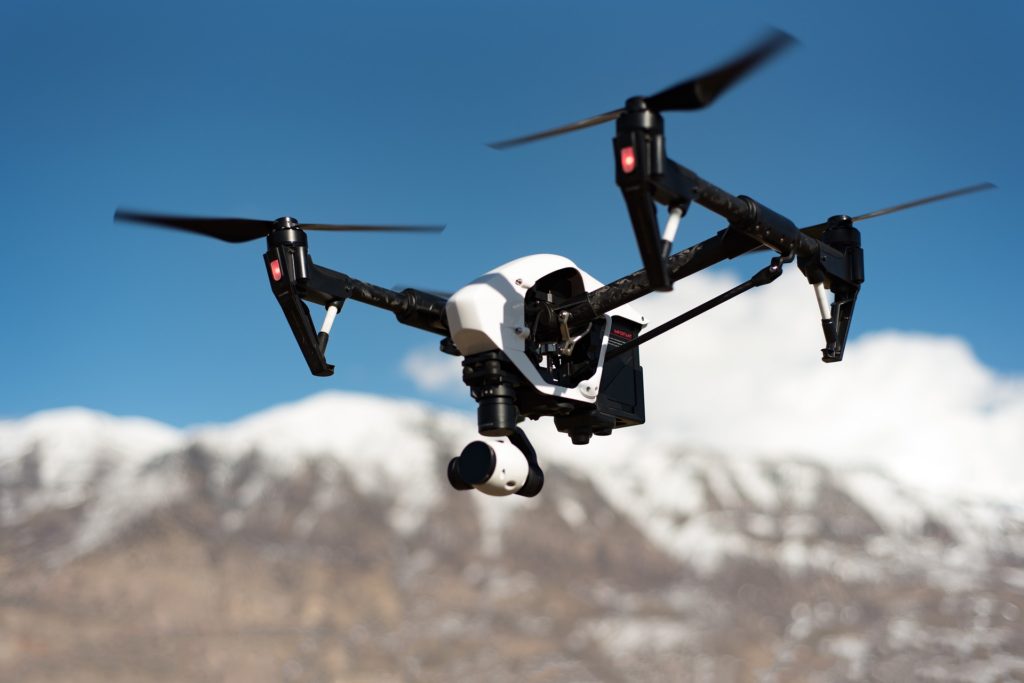
While enjoying the scenic highways that run through California, you may have noticed traffic signs that read, “Speed Limit Enforced by Radar,” or even some signs that say, “Speed Limit Enforced by Aircraft.” Neither sign gives much description as to how the process works, however, and may leave you wondering how your speed is actually monitored. Here’s a snapshot of how it works:
Radar-Enforced Speed Limits
The term “radar” may leave you with an image of a high-tech machine that monitors every inch of the road. But radars have been around since before World War II, and you have likely seen a police officer using one, either in person or on a TV show. These devices are often referred to as “radar guns,” and can easily be held in one hand. When in use, radar guns pick up the speed of objects that go by, and can give the user a reading of the object’s speed. This allows the officer using it to check whether a driver is breaking the speed limit, and if so, by how much.
If you see a “Speed Limit Enforced by Radar” sign, then it likely means that somewhere along that section of road, there is a spot where police officers will hide while using a radar gun to monitor the speed of traffic. If officers catch someone speeding, then they can immediately pull the driver over and either issue a ticket or perform an arrest.
Aircraft-Enforced Speed Limits
If a radar-enforced speed limit sign means that a police officer could be hiding nearby, does an aircraft-enforced speed limit sign mean that there is an officer in a plane somewhere above you? Well, yes and no. Most often, helicopters are used for aircraft-enforced speed limits, as helicopters have an easier time hovering in one spot in the air. While you typically won’t see an aircraft recording the speeds of passing cars, it is a possibility — and some roadways are even patrolled by drones, which can operate without a a pilot.
Of course, drones and helicopters can’t pull speeding drivers over. Instead, the drone, or the officer inside the helicopter, will record the driver’s license plate and send a ticket to the address that the license is registered under. If you were speeding excessively on the winding rural roads off the Pacific Coast Highway, you may assume you were not caught, as you were not pulled over; however, you may return home in a week to find a ticket waiting in the mailbox.
Why Speed Limits Are Monitored
Posted speed limits are meant to warn drivers to slow down for their own safety. There may be no officer hiding nearby, or helicopter hovering above. Monitoring every road at all times has an enormous cost, and most counties simply can’t afford the expenses that come with that kind of 24/7 monitoring.
However, the local government has very good reason to discourage drivers from going over the speed limit.
Speed limits are not chosen at random. Instead, factors such as whether the road is residential, if it has stop signs or traffic lights, and how straight it is, help experts determine what the appropriate and safe speed limit is. Selecting a safe speed limit is of the utmost importance, as the faster a car goes, the worse a collision will be.
An object in motion stays in motion. This means that it will take far more time to stop a car that is going 90 MPH than it will to stop a car going 20 MPH. As a result, a high-speed collision will also be a high-impact collision. Passengers and drivers alike will suffer from catastrophic injuries, or even be killed in the crash.
If you have been the victim of a serious car accident caused by someone else’s negligence, you may have the right to file a claim against the liable party. A successful claim can result in an award of money to help you pay for the bills the crash left you with. However, a claim will only be successful if you work with a skilled car accident attorney. To speak with one of our excellent legal team members, call NordstrandBlack PC, at (805) 962-2022.